
Privatization of humans space endeavors must be considered as a necessary next step to encourage further human activities beyond Earth. As it opens up for market incentives and those forces associated with competition and efficiency.
NASA Offers Contracts to Three U.S. Companies
A briefing at NASA’s Kennedy Space Center in Florida this week marks an important step towards this future. With NASA’s chief administrator Charles Bolden announcing new agreements with three American private companies, Sierra Nevada, SpaceX, and Boeing. To design and develop the next generation of U.S. manned spaceflight capability. To enable private companies to launch astronauts into space from U.S. soil within five years.
Peter Diamandis Future Vision
The X Prize Foundation is a nonprofit organization that conducts incentivized competitions. And chief executive Peter Diamandis describes President’s Obama’s plan for NASA and private enterprise collaboration to “lay the foundation for the future Google, Cisco and Apple of space to be born, drive job creation and open the cosmos for the rest of us.”
His reasoning behind private enterprise in space is simple. A younger generation is now coming up steeped in a Star Trek idealization of space, a “let’s get it done” mentality is emerging.
Diamandis thinks investors will be fueled by a private passion for exploring space. But then there are the commercial opportunities as well. He points out that asteroids could be mined for precious minerals.
This may seem far-fetched at present time, but Diamandi refers to one type of asteroid, the so-called S-type. This is an object composed of iron, magnesium silicates and metals such as cobalt and platinum. An average ½ kilometer of diameter S-type asteroid could pay more than 20 trillion dollars in present value. Diamandi also points out that the cost of launching people into space is currently roughly $4 billion, while this can be greatly reduced if placed in the private sector of market competition and efficiency.
Diamandis vision is most definitely attractive for several reasons, not least for the potential of extraterrestrial human exploration and colonization might imply. But also in the sense that mining minerals and resources beyond Earth definitely puts less stress on our own planets limited resources. And must, therefore, be considered a step in the right environmental direction as well.
Government space-programs such as those by NASA and ESA have certainly necessary to bridge the gap between present technology and possibilities for a future of space commercialization.
_______________
Kennedy Space Center
______________________________


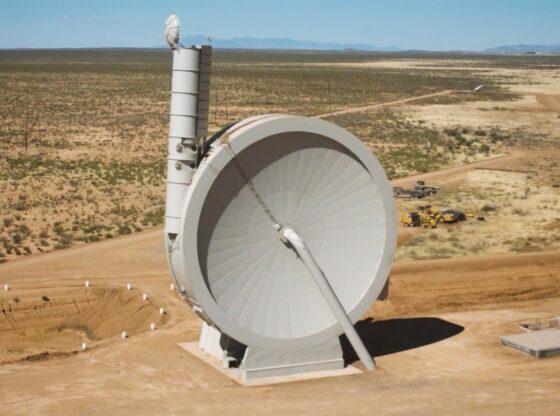
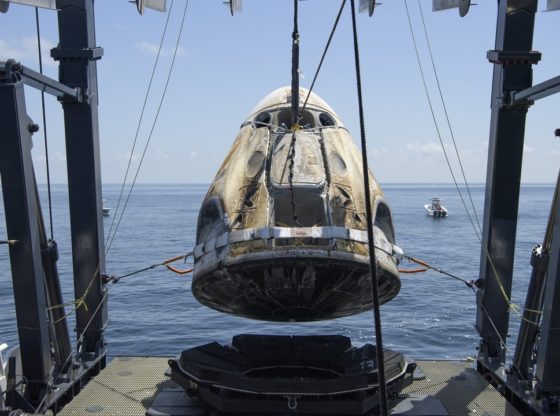
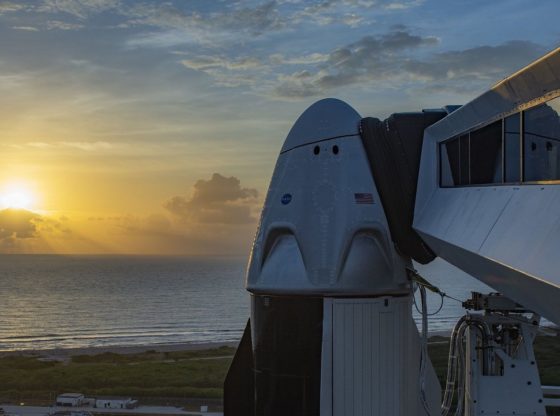
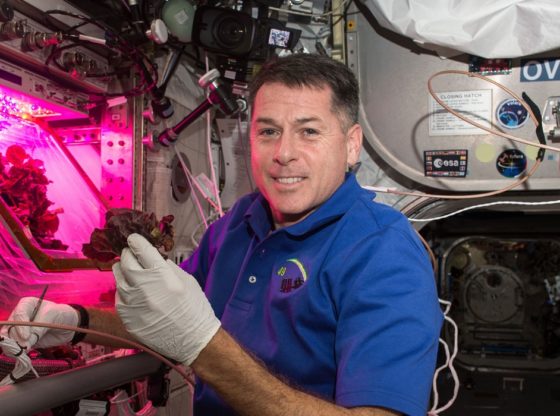

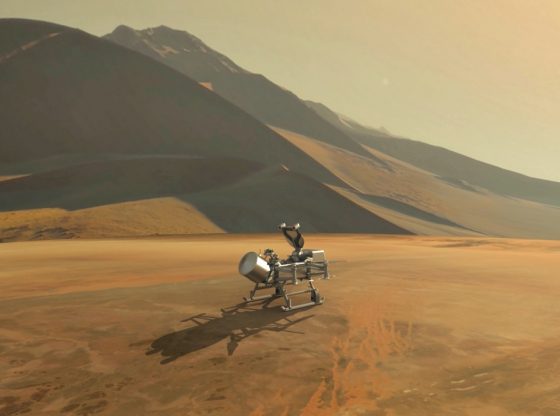
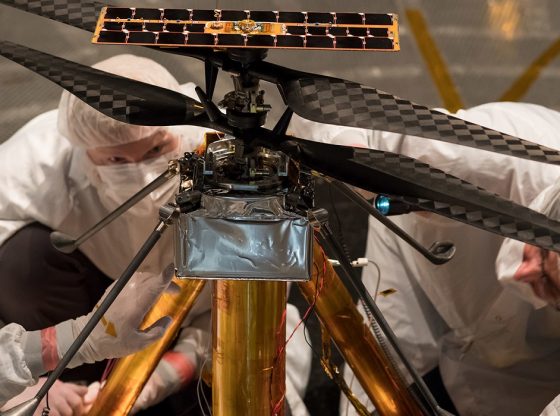

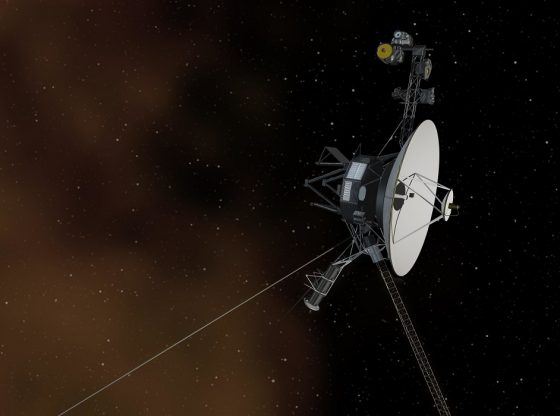
![OpenAI. (2025). ChatGPT [Large language model]. https://chatgpt.com](https://www.illustratedcuriosity.com/files/media/55136/b1b0b614-5b72-486c-901d-ff244549d67a-350x260.webp)
![OpenAI. (2025). ChatGPT [Large language model]. https://chatgpt.com](https://www.illustratedcuriosity.com/files/media/55124/79bc18fa-f616-4951-856f-cc724ad5d497-350x260.webp)
![OpenAI. (2025). ChatGPT [Large language model]. https://chatgpt.com](https://www.illustratedcuriosity.com/files/media/55099/2638a982-b4de-4913-8a1c-1479df352bf3-350x260.webp)








